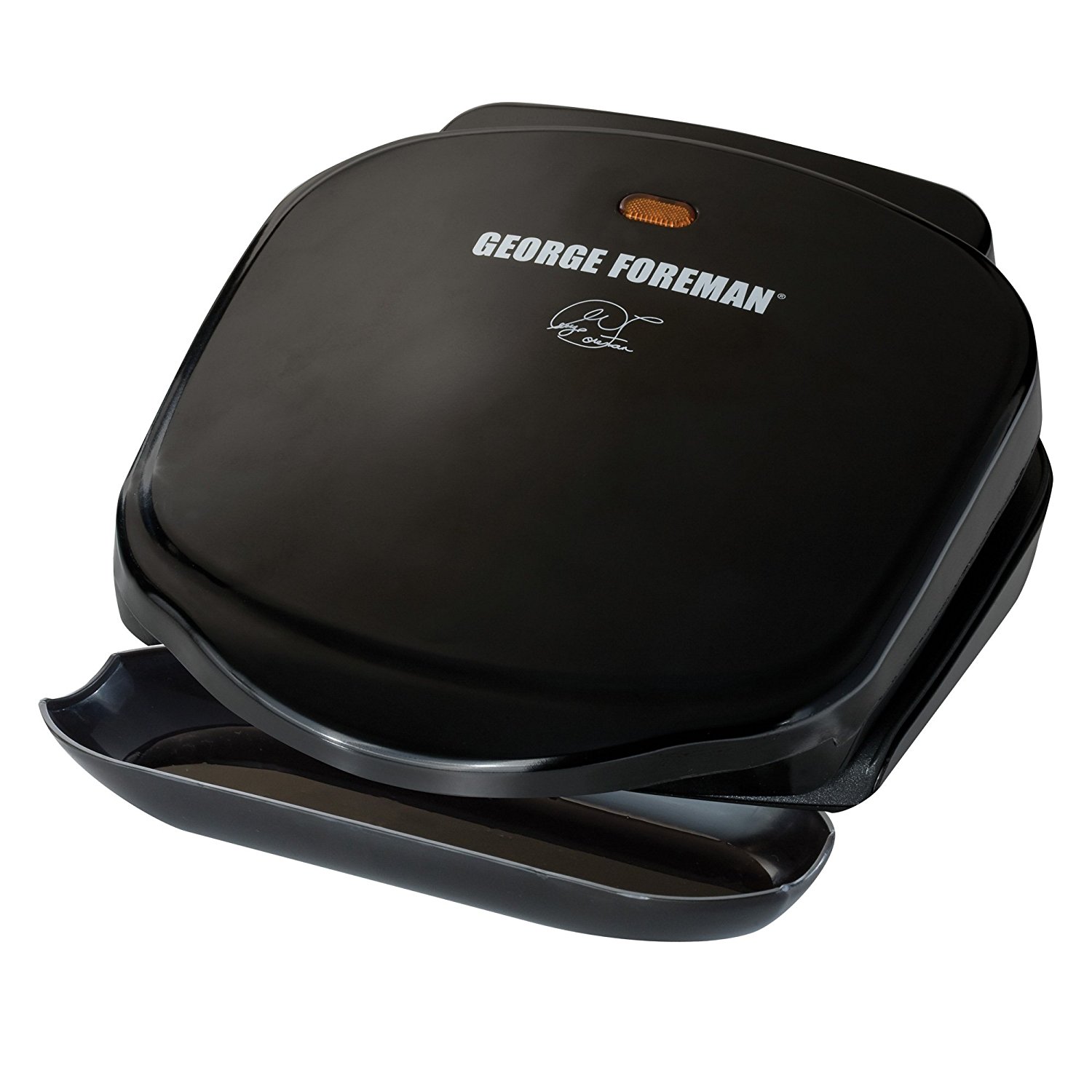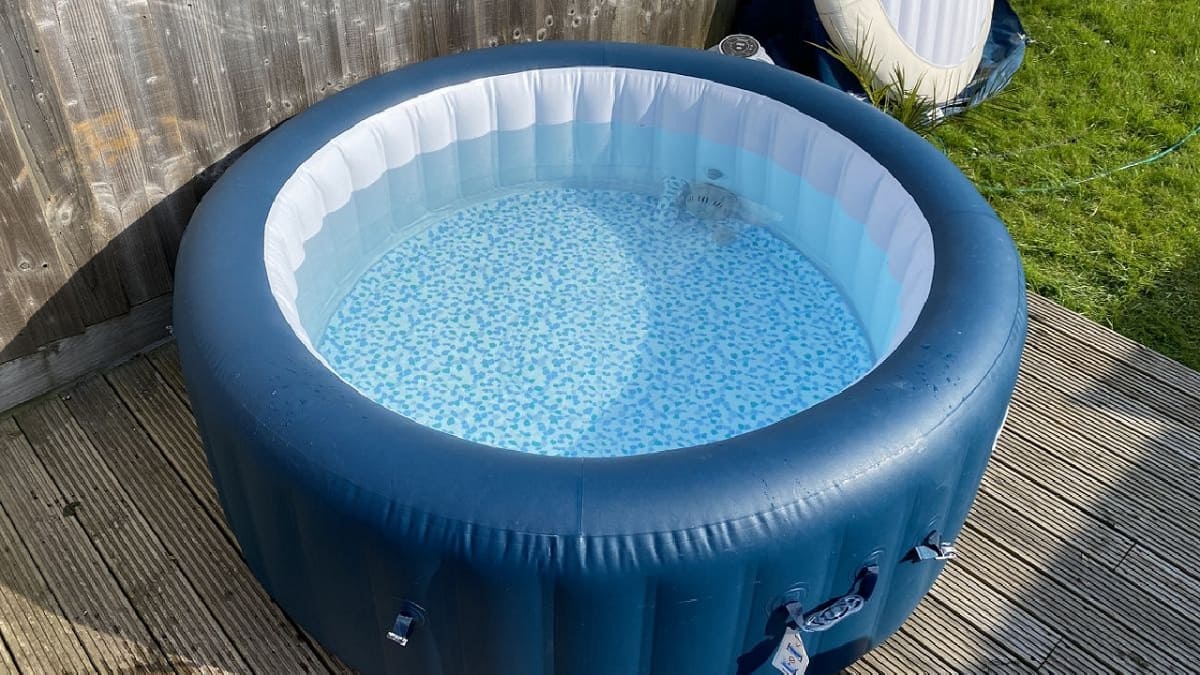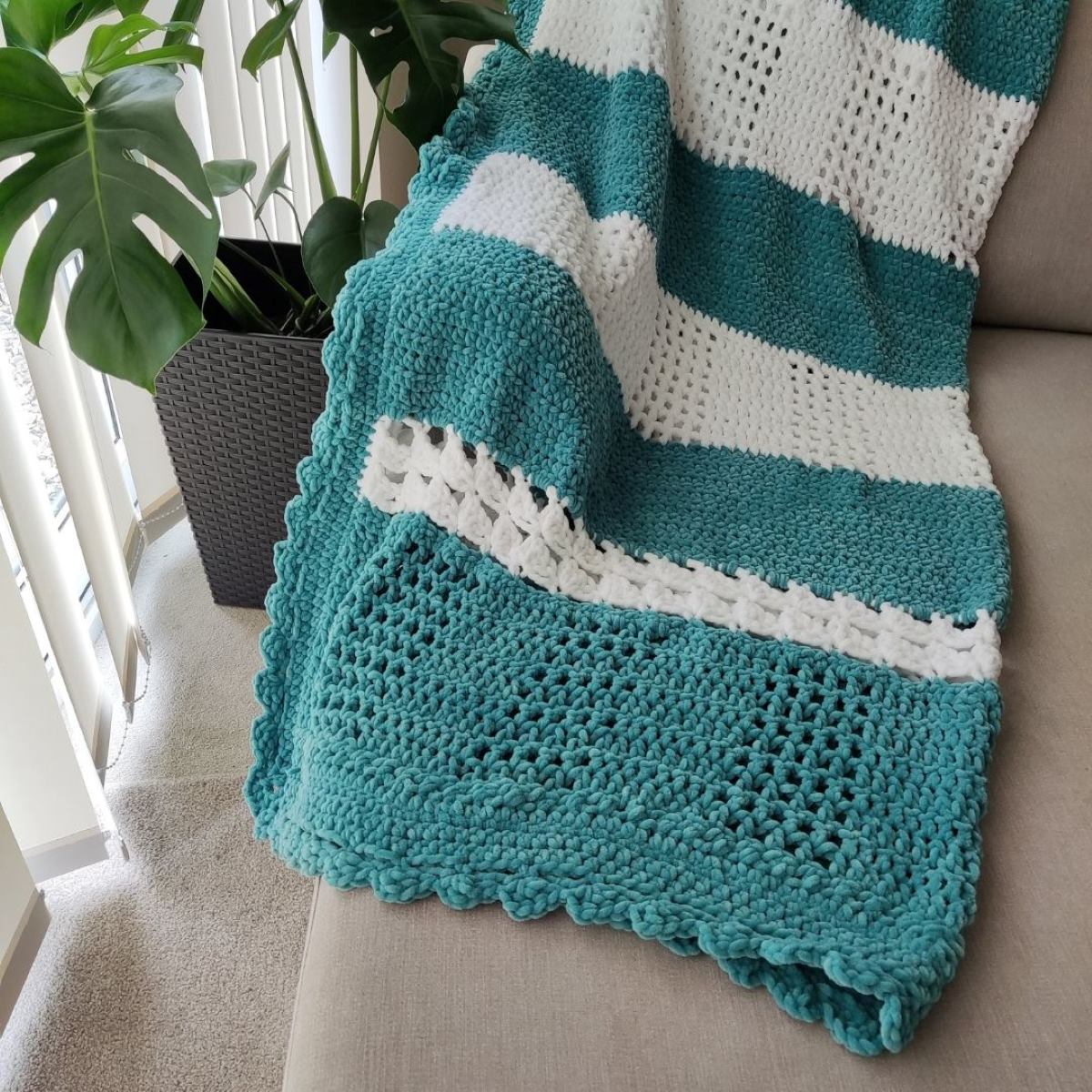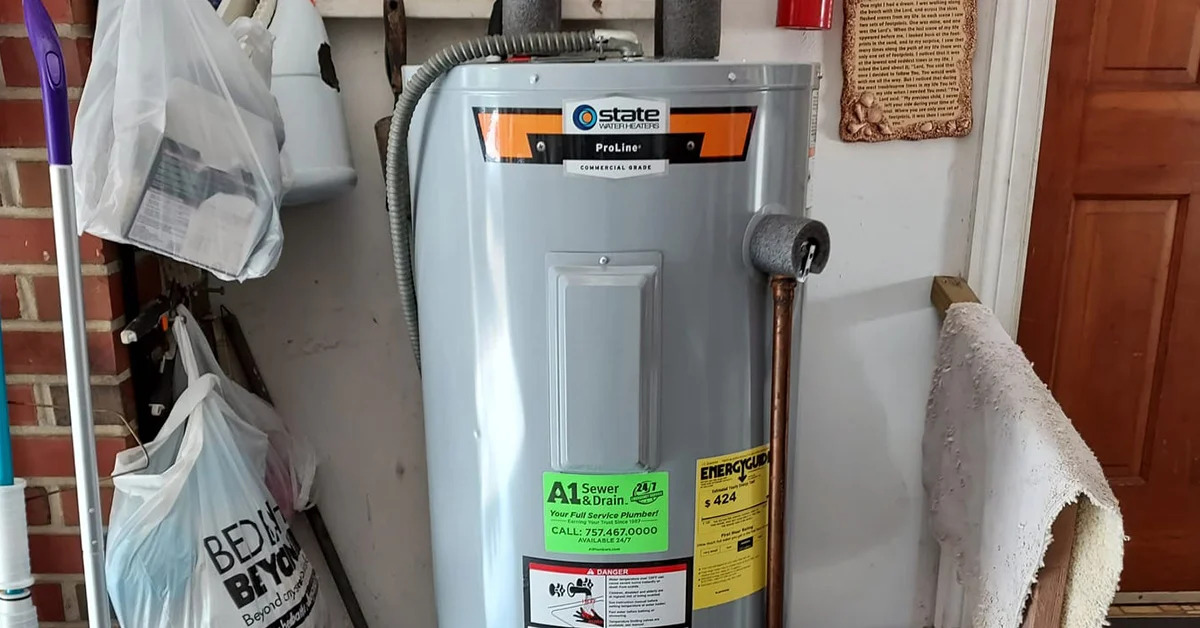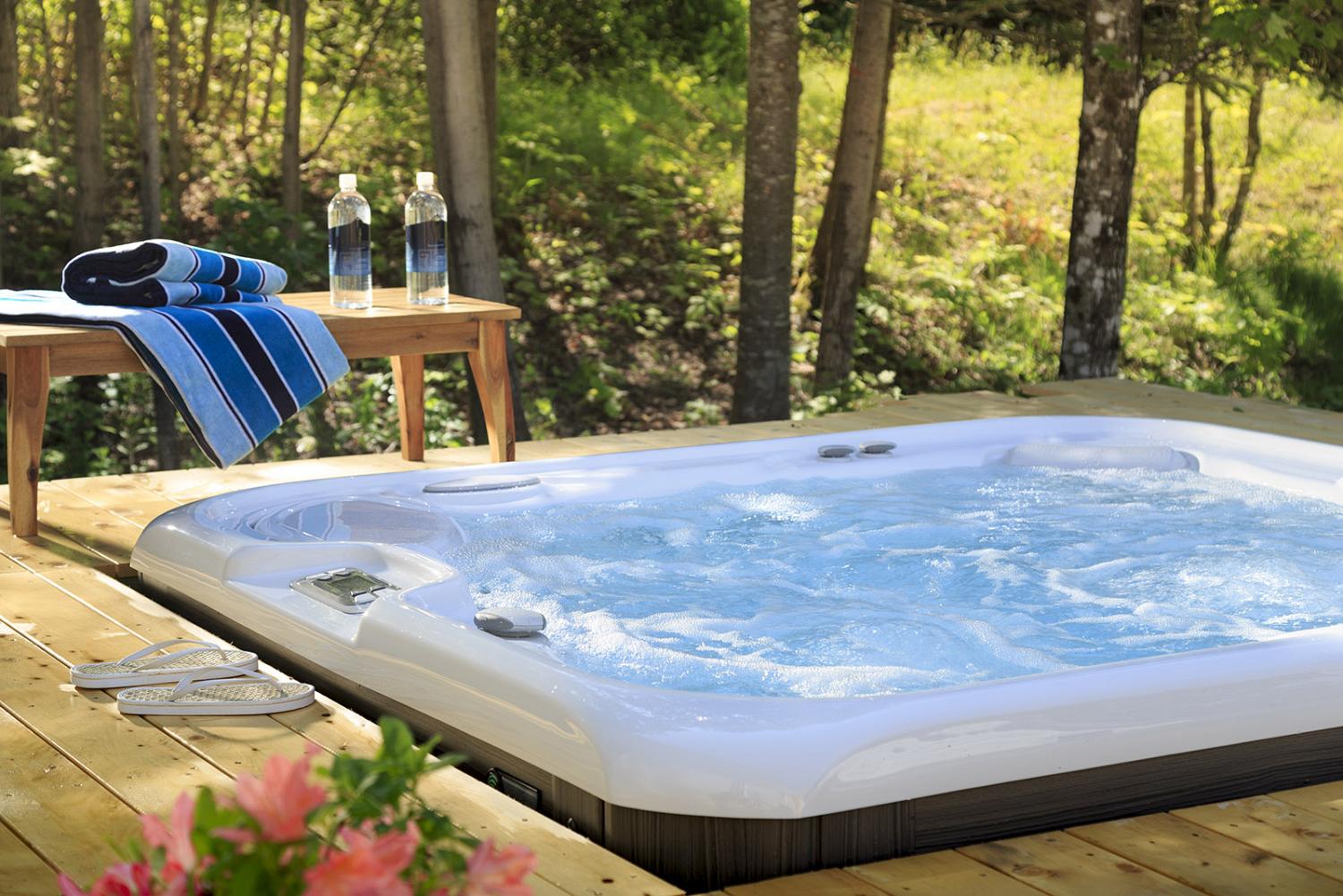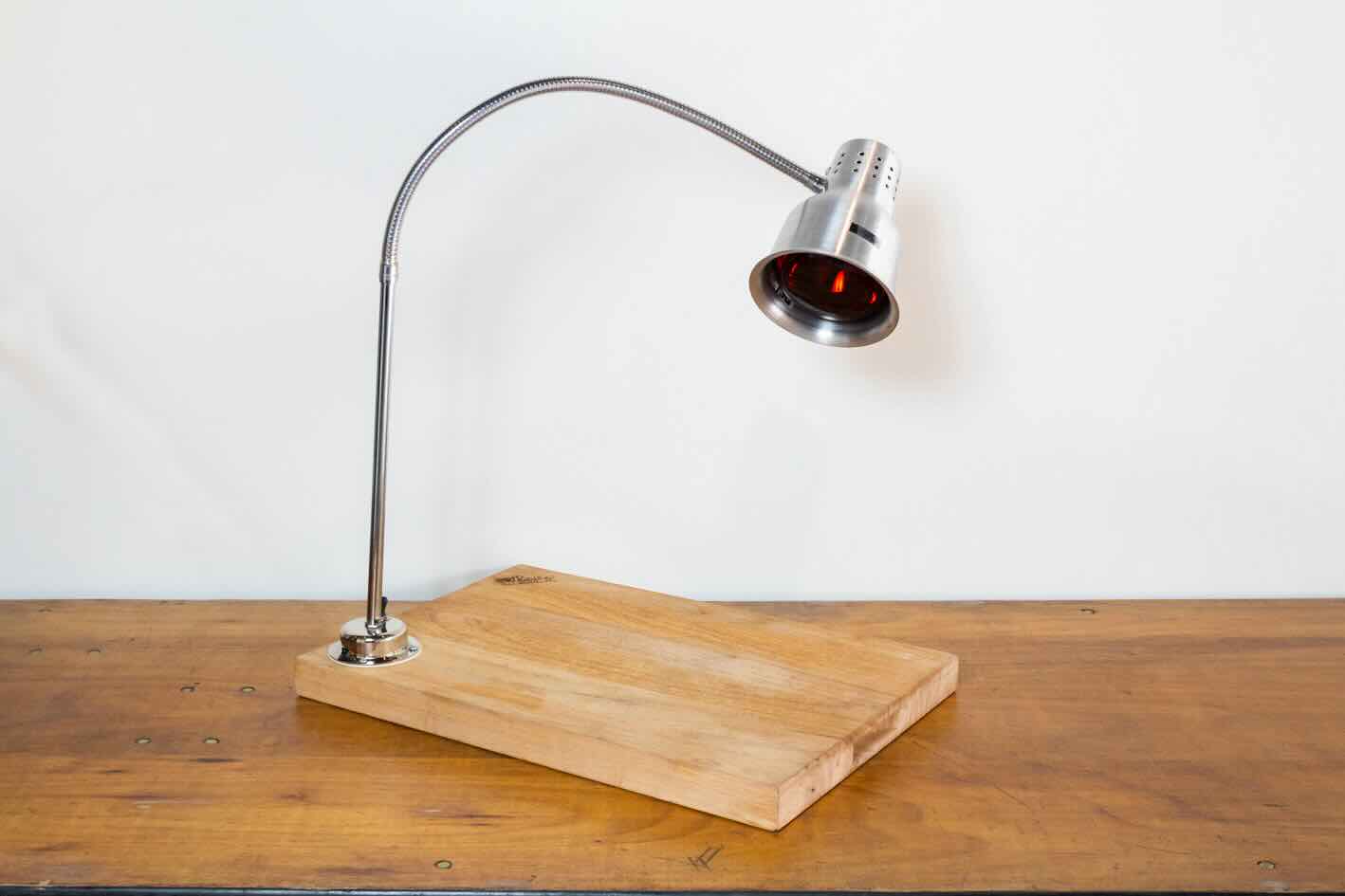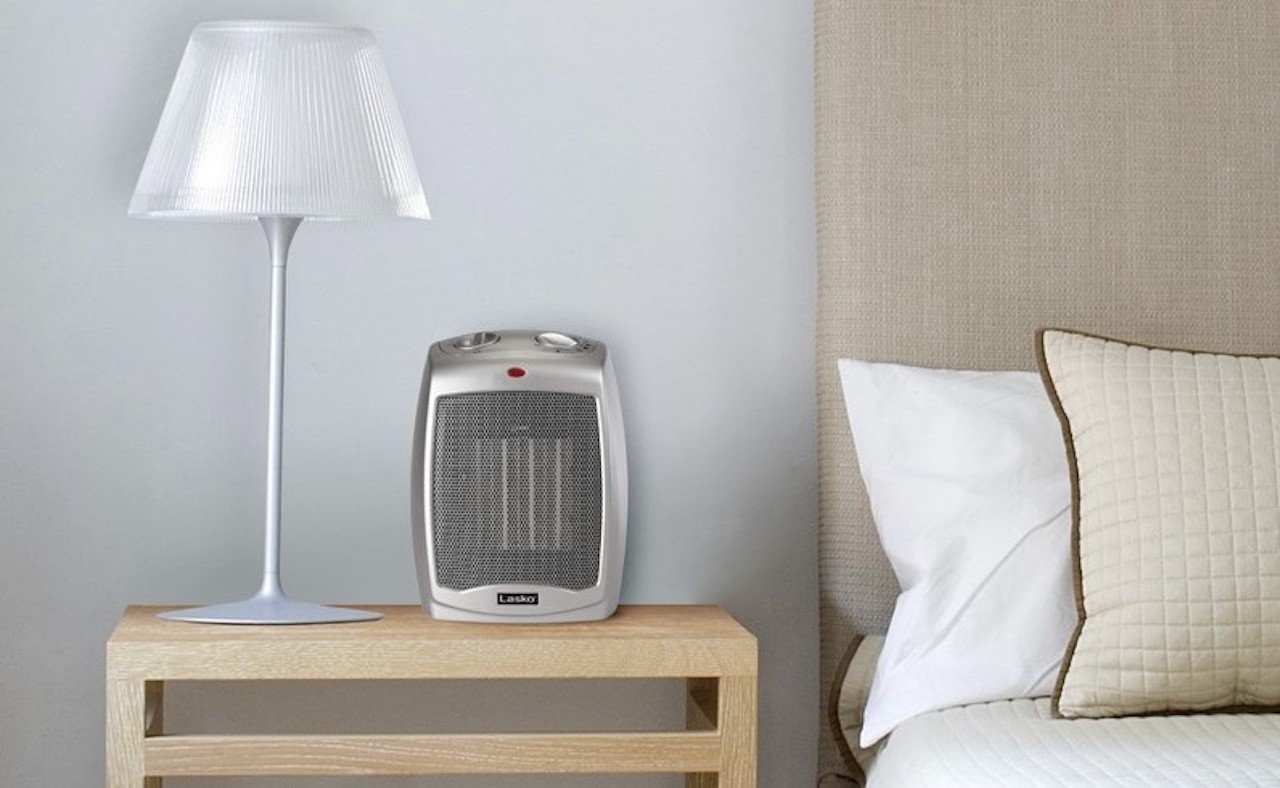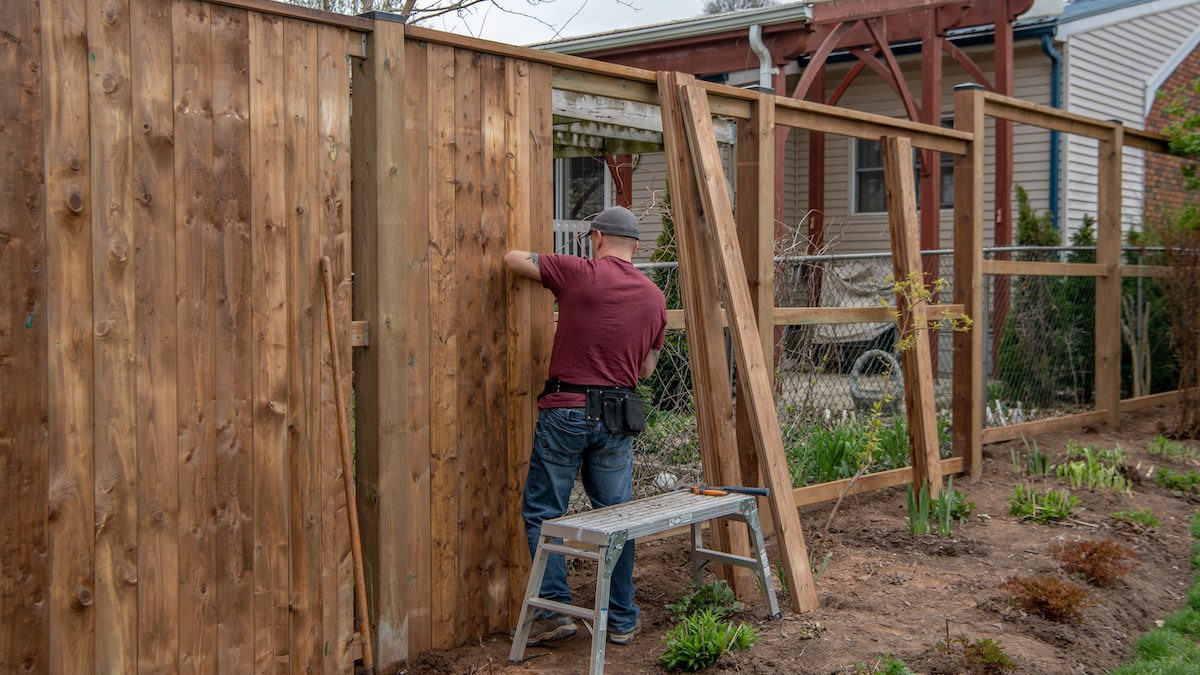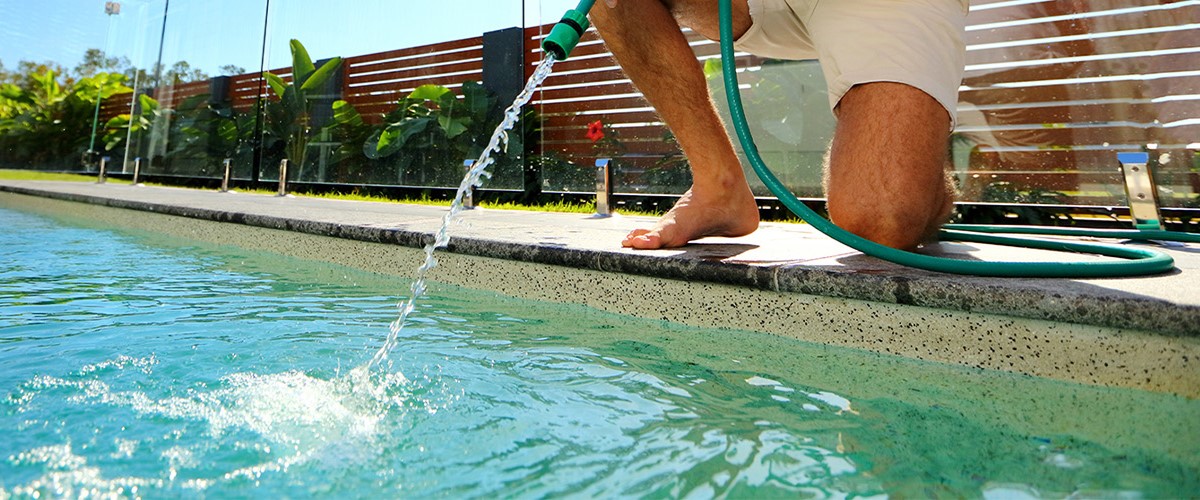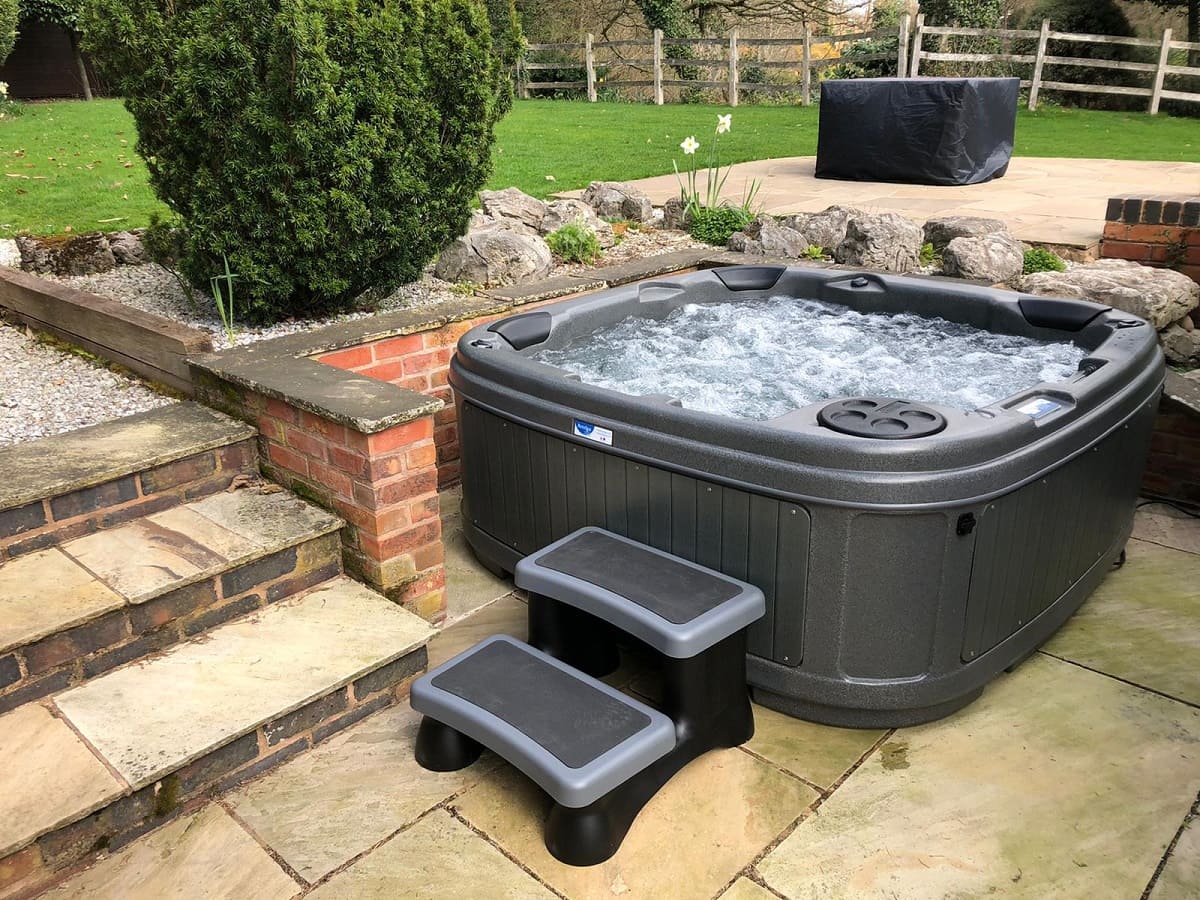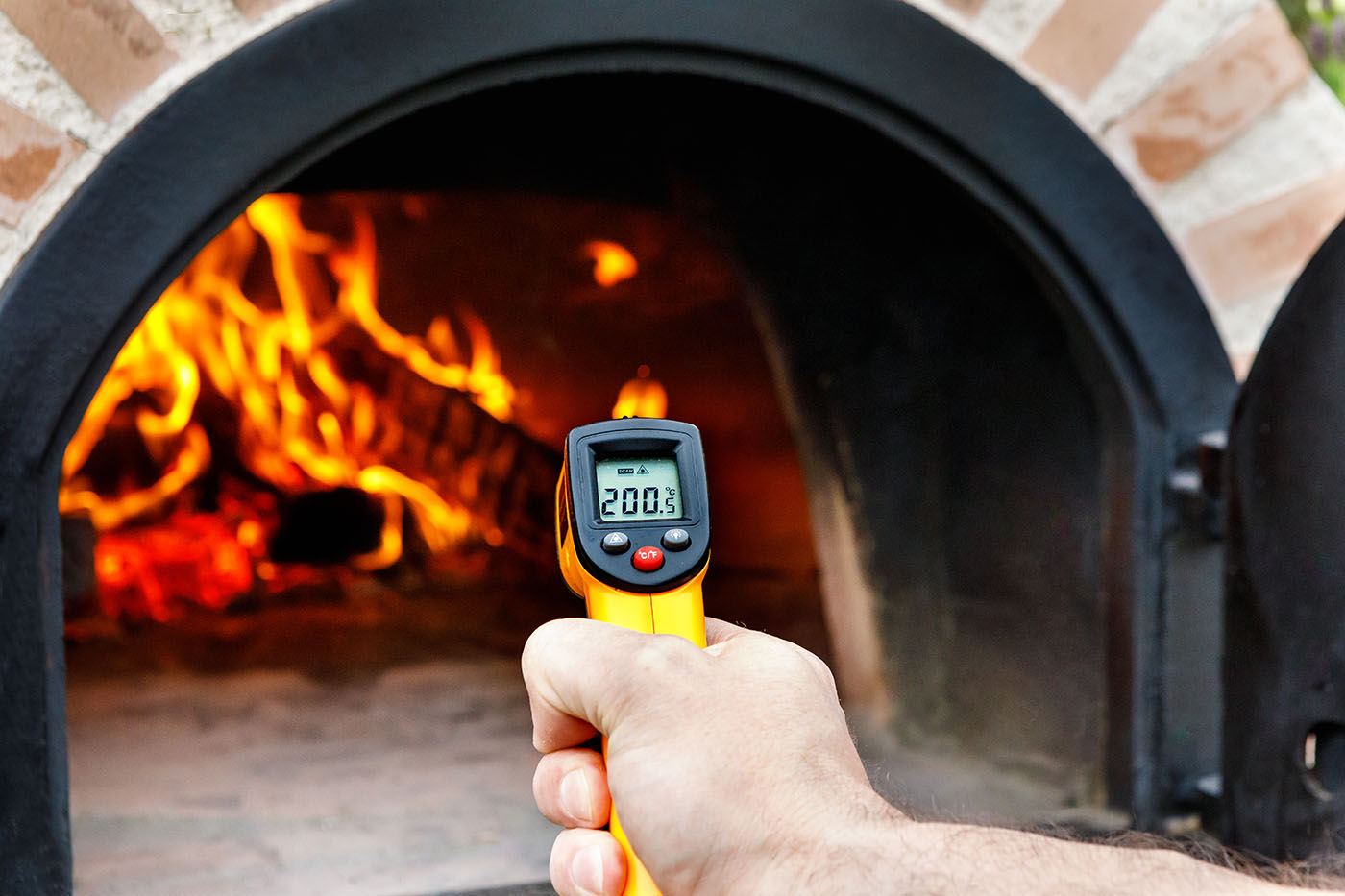Home>Articles>How Long Does It Take For A Heated Blanket To Warm Up
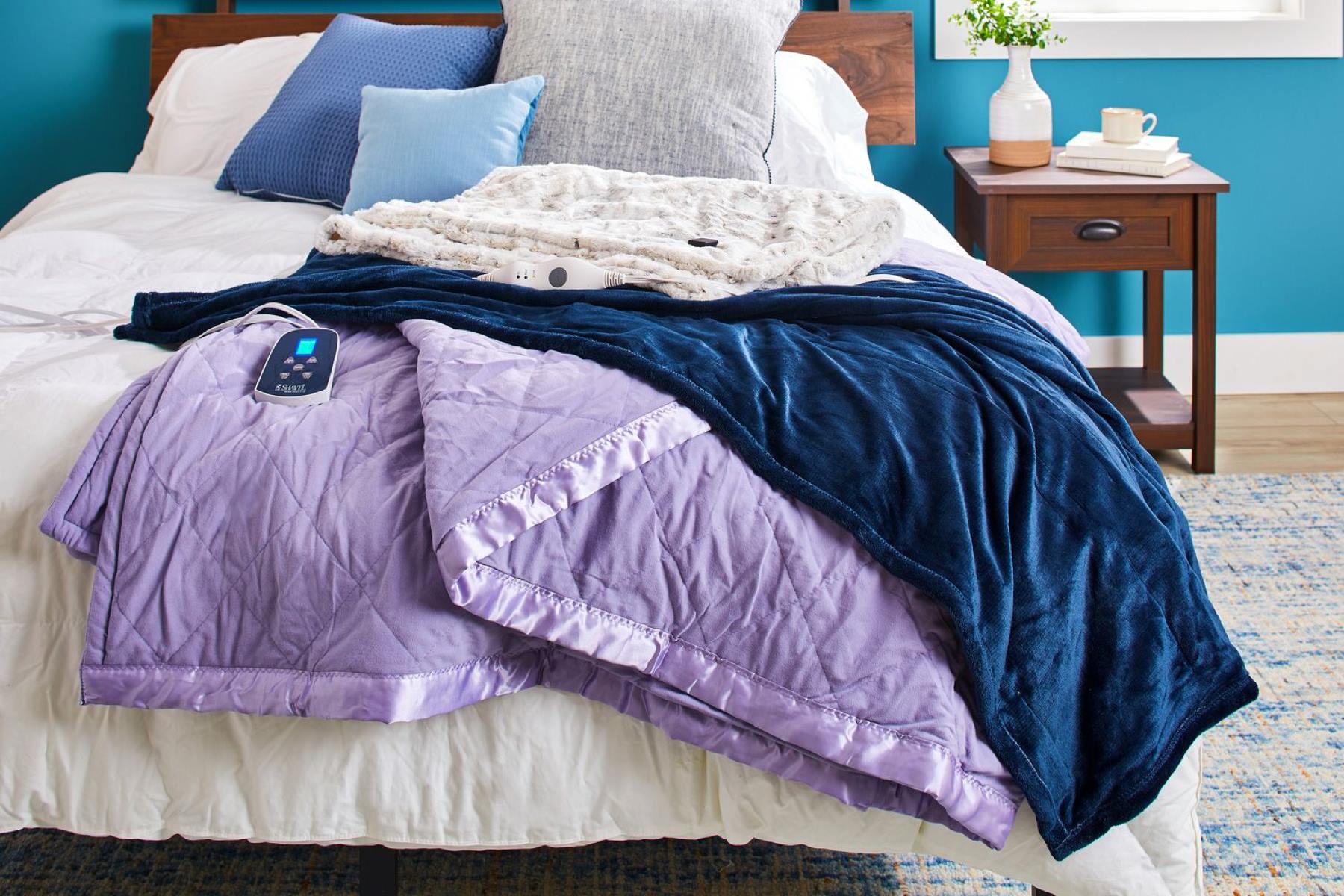

Articles
How Long Does It Take For A Heated Blanket To Warm Up
Modified: December 7, 2023
Discover the average time it takes for a heated blanket to warm up in our insightful articles. Enhance your comfort and cozy up faster with our expert advice.
(Many of the links in this article redirect to a specific reviewed product. Your purchase of these products through affiliate links helps to generate commission for Storables.com, at no extra cost. Learn more)
Introduction
Heated blankets are a convenient and cozy solution for staying warm during the colder months. Whether you’re curling up on the couch, settling into bed, or working at your desk, a heated blanket can provide soothing heat to keep you comfortable. However, one common question that arises is how long does it take for a heated blanket to warm up?
The time it takes for a heated blanket to warm up can vary depending on several factors. In this article, we will explore these factors and provide insights into how they impact the heating time of a heated blanket. Understanding these factors will help you make an informed decision when choosing the right heated blanket for your needs.
Key Takeaways:
- Factors such as material, construction, power source, and environmental conditions impact the heating time of a heated blanket. Understanding these factors helps manage expectations and optimize the heating experience.
- Utilizing preheating features, selecting higher wattage, and minimizing drafts can reduce the heating time of a heated blanket. Consider personal preferences and comfort levels to achieve the desired warmth more efficiently.
Factors Affecting Heating Time for Heated Blankets
Several key factors can influence the heating time of a heated blanket. Understanding these factors will not only help you choose the right option but also give you realistic expectations about how long it will take for the blanket to reach your desired level of warmth. Let’s explore these factors:
- Material and Construction: The type of material used in the blanket and its construction play a crucial role in its heating time. Some materials, like fleece, retain heat better than others, while certain construction techniques, such as double-layering, can improve heat retention.
- Power Source and Wattage: Heated blankets are typically powered by electricity, and their wattage determines how quickly they can generate heat. Higher wattage blankets tend to warm up faster than those with lower wattage.
- Preheating and Warm-up Time: Many modern heated blankets come with preheating or warm-up settings that allow you to get the blanket to a comfortable temperature quickly. Utilizing these features can significantly reduce the overall heating time.
- Size and Thickness of Blanket: The size and thickness of a heated blanket can impact its heating time. Larger blankets may take longer to fully warm up, while thicker blankets may require more time for the heat to penetrate through the layers.
- Temperature Settings and Heat Distribution: The temperature settings on the heated blanket can also affect the heating time. Higher temperature settings may result in faster warming, but it’s essential to find a balance between warmth and comfort. Additionally, blankets with even heat distribution technology can ensure that the warmth spreads evenly across the entire surface.
- Environmental Factors: The ambient temperature of the room and any drafts can affect the heating time of the blanket. If the room is particularly cold or drafty, it may take longer for the blanket to reach your desired level of warmth.
By considering these factors, you can determine how long it may take for your heated blanket to warm up. It’s important to note that heating times may vary between different models and brands of heated blankets. Therefore, it’s always a good idea to refer to the manufacturer’s instructions for specific guidance on heating times.
Material and Construction of Heated Blankets
The material and construction of a heated blanket play a significant role in its heating time and overall performance. Different materials and construction techniques offer varying levels of heat retention and distribution. Let’s explore how these factors influence the heating characteristics of heated blankets:
Material: Heated blankets are available in various materials, including fleece, microfiber, polyester, and wool. Each material has its unique properties that can affect how quickly the blanket warms up. Fleece, for example, is known for its excellent heat retention, making it an ideal choice for those seeking a fast-heating blanket. Microfiber and polyester, on the other hand, are lightweight and can provide a quick warm-up time. Wool, being a natural insulator, may take a bit longer to heat up, but it offers excellent warmth retention once it reaches the desired temperature.
Construction: The construction of a heated blanket can impact its heating time and efficiency. Some blankets feature multiple layers or quilting, which helps trap heat and distribute it evenly. The quilting also prevents heat from escaping, allowing for quicker warm-up times. Additionally, blankets with tighter weaves, such as electric throws with a satin cover, are less likely to lose heat, resulting in faster heating.
When choosing a heated blanket, consider the material that best suits your preferences and the level of warmth you desire. If you prioritize fast heating, opt for blankets made of materials known for their heat retention capabilities, like fleece. If you prefer a lightweight and quick-warming option, microfiber or polyester blankets may be more suitable.
It’s also essential to pay attention to the construction of the blanket. Look for features like quilting, multiple layers, or tightly woven fabrics to ensure optimal heat distribution and retention. These construction elements can contribute to a faster warm-up time and consistent warmth throughout the entire blanket.
Lastly, always refer to the manufacturer’s recommendations and care instructions for the specific material and construction of your heated blanket. Following their guidelines will not only ensure efficient heating but also help maintain the longevity of your blanket.
Power Source and Wattage
The power source and wattage of a heated blanket are crucial factors that determine its heating time and performance. Let’s delve into how these factors influence the functionality of heated blankets:
Power Source: Most heated blankets are designed to be powered by electricity. They typically come with a detachable power cord that needs to be connected to an electrical outlet. This power source allows the blanket to generate heat and warm up.
Portable heated blankets, on the other hand, may have different power sources such as batteries or USB ports. These options are convenient for outdoor activities or when an electrical outlet is not readily available.
Wattage: The wattage of a heated blanket is a crucial factor that affects its heating performance. Wattage refers to the amount of power consumed by the blanket to generate heat. Higher wattage blankets tend to warm up faster than those with lower wattage.
Most heated blankets have wattage ratings ranging from 50 to 200 watts. Blankets with higher wattages produce more heat, resulting in quicker warm-up times. However, it’s important to note that higher wattage also means higher energy consumption. Therefore, it’s essential to strike a balance between heating time and energy efficiency.
When considering wattage, also factor in the size of the blanket and the desired level of warmth. Larger blankets may require higher wattages to ensure consistent and efficient heating. Additionally, blankets with adjustable heat settings allow you to customize the wattage based on your comfort preferences.
It’s crucial to follow the manufacturer’s guidelines when it comes to power sources and wattage. Using the incorrect power source or exceeding the recommended wattage can lead to inefficient heating or, in worst-case scenarios, damage to the blanket.
To optimize the heating time and efficiency of your heated blanket, ensure you have a power source compatible with the blanket’s requirements and select the appropriate wattage for your desired comfort level.
Preheating and Warm-up Time
Preheating and warm-up features are common in modern heated blankets. These functions are designed to reduce the heating time and provide you with a cozy and warm experience in a shorter period. Let’s explore how preheating and warm-up settings can impact the overall performance of a heated blanket:
Preheating: Preheating is a feature that allows you to set a specific temperature for your blanket to reach before you get under it. This means you can leave the blanket on preheat mode for a certain amount of time, and it will gradually warm up to the desired temperature.
Preheating is beneficial for those who prefer a warm bed or couch before they get in. By preheating the blanket, you can ensure that it’s already cozy and inviting when you’re ready to use it. The preheating time can vary depending on the model and the initial temperature of the room.
Warm-up Time: The warm-up time refers to the duration it takes for the heated blanket to reach its optimal temperature from the time it’s turned on. This time can vary depending on factors such as the wattage, material, and construction of the blanket.
Modern heated blankets are designed to warm up relatively quickly, with some reaching their desired heat level within minutes. However, the warm-up time can also depend on your chosen temperature setting. Higher temperature settings might take a bit longer to reach compared to lower settings.
It’s important to factor in both the preheating and warm-up times when using a heated blanket. By utilizing preheating features, you can significantly reduce the overall time it takes for the blanket to reach your desired warmth. You can also consider turning on the blanket a few minutes before you plan to use it to allow for some warm-up time.
Remember to refer to the manufacturer’s instructions for specific guidance on preheating and warm-up times. They can provide you with the recommended duration and settings for optimal performance. By making use of these features, you can enjoy a cozy and warm experience from your heated blanket in a shorter period.
Size and Thickness of Blanket
The size and thickness of a heated blanket can impact its heating time and overall performance. Let’s explore how these factors play a role in determining how long it takes for a heated blanket to warm up:
Size: The size of the heated blanket can affect its heating time. Larger blankets may take longer to warm up compared to smaller ones. This is because a larger surface area requires more time to generate and distribute heat evenly. If you have a specific time frame in mind for how quickly you want the blanket to warm up, consider this factor when selecting the size of your blanket.
Thickness: The thickness of a heated blanket also impacts its heating time. Thicker blankets may require more time for the heat to penetrate through the layers and warm up the entire blanket. This additional layer of insulation can slow down the heating process. On the other hand, thinner blankets may warm up more quickly due to the reduced barrier for the heat to reach the surface. However, it’s important to find a balance between thickness and warmth. Thinner blankets may not provide as much insulation and warmth as thicker ones.
When choosing a heated blanket, consider your preferences for size and thickness. If you’re in a hurry and want your blanket to warm up quickly, you may opt for a smaller and thinner option. However, if you prioritize warmth and comfort over speed, a larger and thicker blanket may be more suitable.
It’s important to note that the heating time can also be influenced by other factors, such as the power source, wattage, and temperature settings of the blanket. A higher wattage blanket may compensate for the size and thickness, resulting in quicker heating. Additionally, adjustable temperature settings can allow you to customize the warmth level according to your comfort.
Consider your personal preferences, the level of warmth you desire, and the time you have available when selecting the size and thickness of your heated blanket. Taking these factors into account will help you find a balance between heating time and the cozy comfort you seek.
Preheat your heated blanket for 10-15 minutes before getting into bed to ensure it’s warm and cozy when you’re ready to sleep.
Temperature Settings and Heat Distribution
The temperature settings and heat distribution of a heated blanket are vital factors that can impact its heating time and overall performance. Let’s explore how these factors influence the functionality of a heated blanket:
Temperature Settings: Most heated blankets come with adjustable temperature settings, allowing you to customize the level of warmth according to your preferences. The temperature settings typically range from low to high, with some blankets offering intermediate settings as well.
When it comes to heating time, higher temperature settings may result in faster warming. However, it’s important to find a balance between warmth and comfort. Setting the blanket too high can lead to discomfort or even pose a risk of overheating. It’s recommended to start with a lower temperature setting and gradually increase it until you reach your desired level of warmth.
Heat Distribution: The heat distribution of a heated blanket refers to how evenly the warmth is spread across its surface. Blankets with efficient heat distribution ensure that every part of the blanket receives an equal amount of warmth. This is especially important for larger blankets, as they have a larger surface area to cover.
Some modern heated blankets come with advanced heat distribution technology, such as built-in heating wires or heating elements that are evenly spaced throughout the blanket. These technologies help ensure that the heat is evenly distributed, reducing cold spots and improving overall comfort.
Efficient heat distribution can contribute to faster heating times by eliminating the need for certain areas of the blanket to catch up with others. It also prevents concentrated pockets of heat, ensuring a consistent and comfortable warmth throughout the entire blanket.
When selecting a heated blanket, consider the temperature settings and heat distribution features. Opt for blankets with adjustable temperature controls, allowing you to find the perfect balance between warmth and comfort. Additionally, look for blankets with advanced heat distribution technology to ensure efficient and even heating.
Properly utilizing the temperature settings and taking advantage of heat distribution technology will optimize the heating time and enhance your overall experience with a heated blanket.
Environmental Factors
Environmental factors can have an impact on the heating time of a heated blanket. These factors include the ambient temperature of the room and any drafts present. Let’s explore how environmental conditions can influence the performance of a heated blanket:
Ambient Temperature: The ambient temperature of the room where the heated blanket is used can affect its heating time. If the room is already warm, the blanket may reach the desired temperature more quickly. On the other hand, if the room is particularly cold, it may take longer for the blanket to warm up. Consider the baseline temperature of the room when anticipating the heating time of your blanket.
Drafts: Drafts, such as open windows or doors, can impact the efficiency of a heated blanket. If there are drafts in the room, the warmth generated by the blanket may escape, which can prolong the heating time. It’s important to minimize drafts by closing windows and doors or using draft stoppers to optimize the heating performance of the blanket.
It’s also worth noting that using a heated blanket in a confined space, such as underneath a blanket or in an enclosed area, may affect the heating time as it restricts air circulation. In such cases, it may take longer for the blanket to reach the desired temperature due to the limited airflow.
By being mindful of the ambient temperature and minimizing drafts, you can enhance the effectiveness and heating time of your blanket. Additionally, dressing appropriately for the temperature and insulating the room can complement the heating capabilities of the blanket.
Consider your environment when using a heated blanket to have realistic expectations about its heating time. The room conditions and the presence of drafts can impact the overall performance and efficiency of the blanket.
Personal Preferences and Comfort Levels
Personal preferences and comfort levels play a significant role in determining the heating time of a heated blanket. Each individual has different comfort preferences, and understanding how these preferences can impact the heating experience is essential. Let’s explore how personal preferences and comfort levels affect the performance of a heated blanket:
Temperature Preference: Different individuals have varying temperature preferences. Some may prefer a higher level of warmth, while others may prefer a more moderate temperature. This preference can influence the heating time of a heated blanket. If you prefer a higher temperature setting, the blanket will take slightly longer to reach and maintain that desired warmth. Conversely, if you prefer a lower temperature setting, the blanket may warm up more quickly.
Comfort Level: Comfort is subjective, and it can vary from person to person. Some individuals may feel comfortable with a quick warm-up, while others may prefer a slower and gradual increase in temperature. It is essential to find a balance between heating time and the comfort level that suits your needs. Experimenting with different temperature settings and monitoring your comfort level will help you determine the optimal heating time for your heated blanket.
It’s also important to consider any personal factors that may influence your comfort, such as health conditions or sensitivities to heat. If you have any concerns or medical conditions, it’s advisable to consult with a healthcare professional before using a heated blanket.
By understanding your personal preferences and comfort levels, you can adjust the temperature settings and gauge the heating time accordingly. Finding the right balance will ensure that you achieve the desired warmth and comfort from your heated blanket.
Remember, it’s crucial to prioritize your personal comfort and well-being when using a heated blanket. Pay close attention to your body’s response and make adjustments accordingly to ensure a pleasant and cozy experience.
Tips to Reduce Heating Time
If you’re looking to minimize the heating time of your heated blanket, there are several tips and strategies you can employ. These tips can help you achieve the desired warmth more quickly and optimize the performance of your blanket. Here are some effective tips to reduce heating time:
- Preheat the blanket: Utilize the preheating feature of your heated blanket. This allows you to set a specific temperature for the blanket to reach before you use it. By preheating the blanket, you can reduce the overall warming time and enjoy instant warmth.
- Choose a higher temperature setting: Increasing the temperature setting on your heated blanket can expedite the warming process. Keep in mind your comfort level and safety precautions when selecting a higher temperature.
- Opt for a higher wattage: Consider using a heated blanket with a higher wattage rating. Higher wattage blankets tend to generate more heat, resulting in faster warming times. However, be mindful of energy consumption and safety guidelines.
- Spread out the blanket: Ensure that the heated blanket is spread out evenly, allowing for better heat distribution. Avoid folding or bunching up the blanket, as it can impede the heating process and may lead to uneven warmth.
- Minimize drafts: Close windows and doors to reduce drafts and prevent heat from escaping. This will help the blanket retain heat more effectively and decrease heating time.
- Insulate the room: Improve the insulation of the room where you use the heated blanket. Close blinds or curtains to keep the warmth inside, particularly during colder weather or at night, when the external temperature may be lower.
- Warm up the room: Prior to using the heated blanket, warm up the room by adjusting the thermostat or using another source of heat like a space heater. A warmer room temperature can complement the heating performance of the blanket, reducing the time it takes to achieve your desired level of warmth.
- Follow manufacturer’s instructions: Always refer to the manufacturer’s guidelines and instructions for specific tips on reducing heating time. They may provide additional recommendations or precautions tailored to their specific heated blanket model.
By implementing these tips, you can significantly reduce the heating time of your heated blanket and enjoy its warmth more quickly and efficiently. Remember to prioritize safety and follow the manufacturer’s guidelines to ensure the optimal performance and longevity of your blanket.
Conclusion
Heated blankets provide a cozy and comforting solution for staying warm, whether it’s during the chilly winter months or cool evenings. Understanding the factors that affect the heating time of a heated blanket can help you make an informed decision when choosing the right option for your needs.
We’ve explored several key factors that influence the heating time of heated blankets, including the material and construction, power source and wattage, preheating and warm-up features, size and thickness of the blanket, temperature settings and heat distribution, environmental factors, and personal preferences.
By considering these factors, you can manage your expectations and optimize your heating experience with a heated blanket. Factors such as the material and construction impact heat retention and distribution, while power source and wattage determine the speed of warming. Preheating and warm-up features can help reduce overall heating time, and the size and thickness of the blanket play a role in determining how quickly it warms up. Temperature settings, heat distribution, and environmental factors like room temperature and drafts also affect heating time. Lastly, personal preferences and comfort levels influence the desired temperature and overall heating experience.
To reduce heating time, consider preheating the blanket, selecting higher temperature settings or wattages, spreading out the blanket for better heat distribution, minimizing drafts, insulating the room, and following the manufacturer’s instructions.
Ultimately, the heating time of a heated blanket will depend on several factors, and it’s important to find a balance between your expectations and comfort. By carefully considering these factors and implementing the suggested tips, you can enhance the performance of your heated blanket and enjoy its warmth more quickly and efficiently.
Stay cozy and warm with your heated blanket, and embrace the comfort it provides during those colder days and nights!
Frequently Asked Questions about How Long Does It Take For A Heated Blanket To Warm Up
Was this page helpful?
At Storables.com, we guarantee accurate and reliable information. Our content, validated by Expert Board Contributors, is crafted following stringent Editorial Policies. We're committed to providing you with well-researched, expert-backed insights for all your informational needs.
